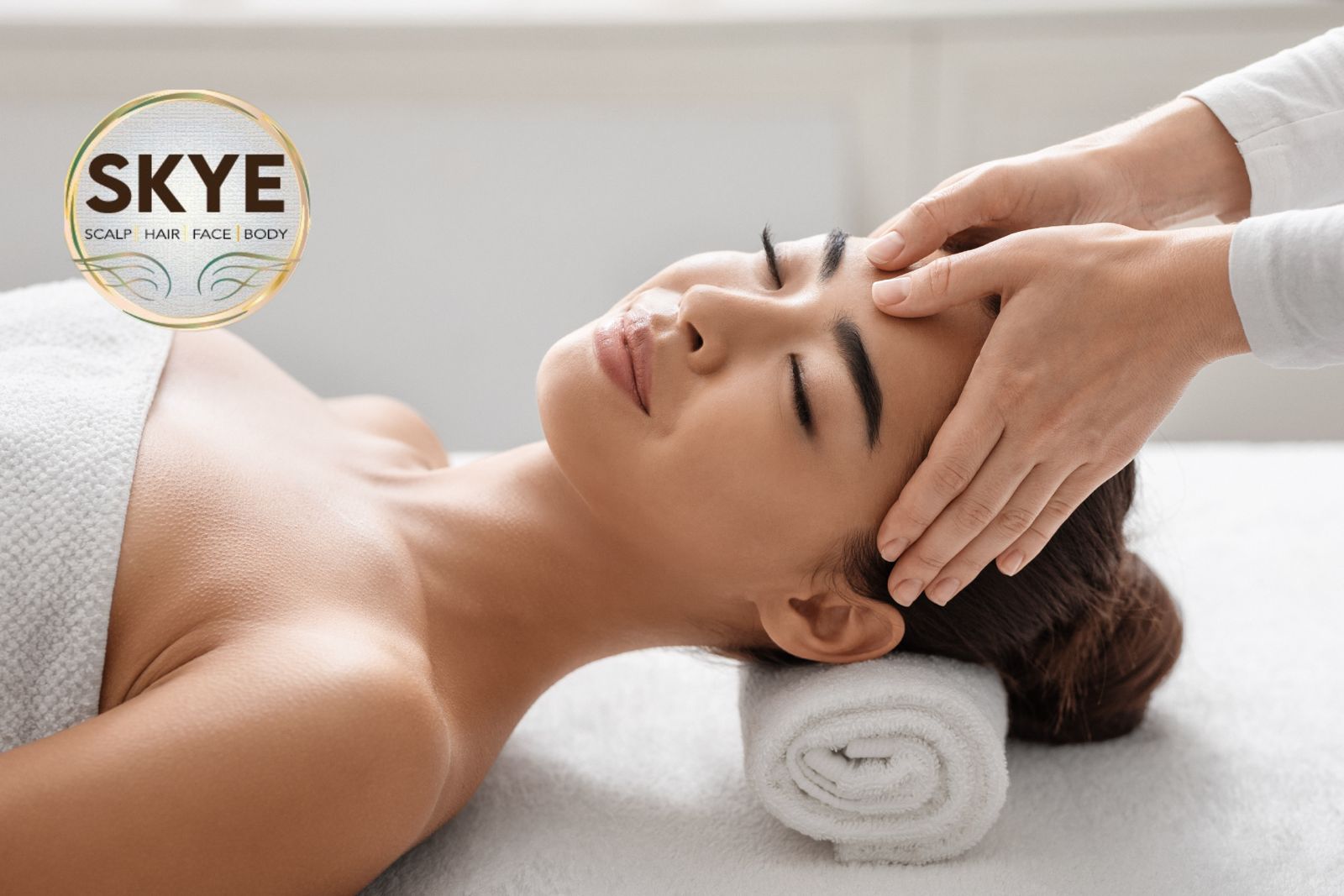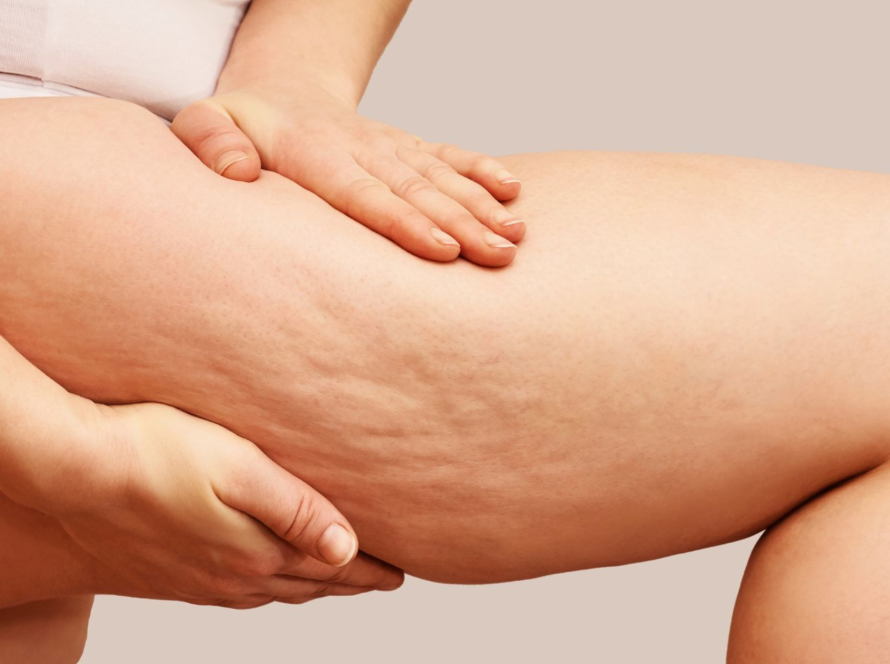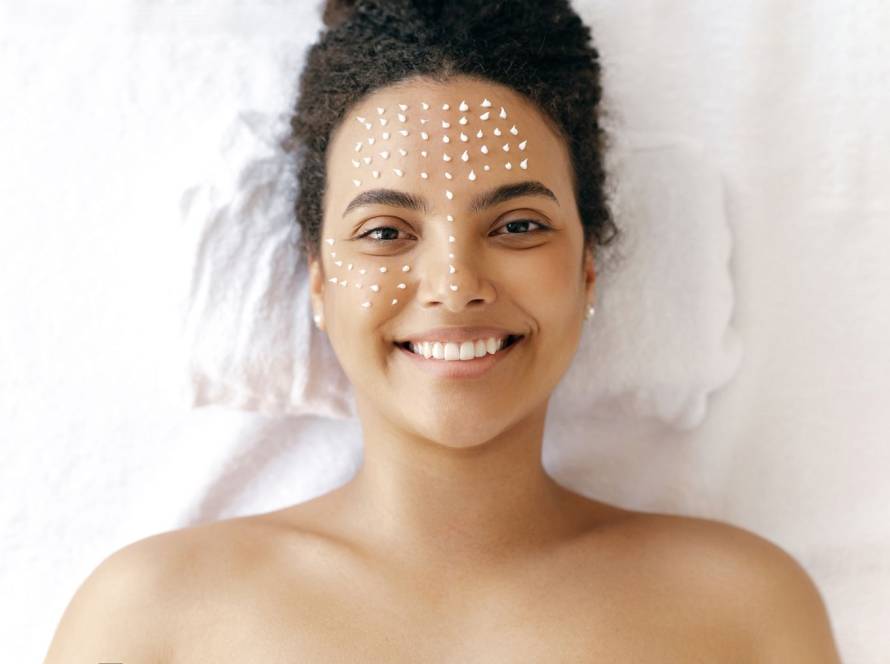What is the difference between Regular facial and a Korean Facial?
Korean facials and regular facials (often referred to as traditional facials) have some differences in their approach, techniques, and skincare products used. These distinctions are influenced by cultural and regional variations in skincare practices. Here are some key differences between a Korean facial and a regular facial:
1. Techniques and Methods:
– Korean Facial: Korean facials often incorporate a variety of techniques, including facial massages, sheet masks, steam treatments, and specialized tools. Facial massages are an essential part of Korean skincare, focusing on stimulating blood circulation, promoting lymphatic drainage, and contouring the face.
– Regular Facial: Traditional facials typically consist of cleansing, exfoliating, extractions (if needed), and the application of masks and moisturizers. They may involve steaming the face to open pores and prepare the skin for extractions.
2. Products:
– Korean Facial: Korean skincare emphasizes a multi-step routine with an array of products, such as cleansers, toners, serums, essences, sheet masks, and sunscreen. Korean facials often incorporate these products into the treatment, ensuring the skin receives a variety of active ingredients.
– Regular Facial: Traditional facials often use a more limited selection of products, typically those provided by the spa or salon. These products can include cleansers, exfoliants, masks, and moisturizers.
3. Layering and Steps:
– Korean Facial: Korean skincare and facials are known for their “layering” approach, where multiple products are applied in a specific order. The layering technique ensures that each product is properly absorbed and addresses specific skincare concerns.
– Regular Facial: Traditional facials may involve fewer steps, with a focus on essential skincare functions like cleansing, exfoliating, and hydration. The number of steps can vary depending on the spa or salon.
4. Customization:
– Korean Facial: Korean facials are often highly customizable, allowing for a more personalized treatment based on an individual’s specific skin concerns and goals.
– Regular Facial: Traditional facials are typically less customized and may follow a standardized protocol. However, many salons and spas offer variations and additional services based on the client’s needs.
5. Cultural Influence:
– Korean Facial: Korean skincare is known for its emphasis on achieving clear, radiant, and youthful skin. The Korean beauty industry places a strong focus on innovation and product development.
– Regular Facial: Traditional facials vary by region and culture, with different beauty philosophies and approaches.
Both Korean facials and regular facials have their merits, and the choice between them depends on your skincare goals, preferences, and the availability of services in your area. The best facial for you will depend on your specific skin concerns and the techniques and products that align with your skincare objectives.
Is microneedling better than Botox?
Microneedling and Botox are two different cosmetic procedures that serve distinct purposes and are often used for different concerns. Whether one is “better” than the other depends on your specific aesthetic goals and the particular concerns you want to address. Let’s explore the differences between microneedling and Botox:
Microneedling:
1. Purpose: Microneedling is primarily used to improve skin texture, address scarring (including acne scars), reduce fine lines and wrinkles, and promote collagen production. It involves using a device with fine needles to create controlled micro-injuries in the skin, stimulating the body’s natural healing process.
2. Collagen Production: Microneedling’s main benefit is the stimulation of collagen and elastin production, which can result in smoother, firmer, and more youthful-looking skin over time.
3. Downtime: The downtime after microneedling is relatively minimal, with some redness and swelling immediately following the procedure, but these effects typically subside within a few days.
4. Results: Microneedling typically provides gradual and progressive improvements in skin quality and texture, with multiple sessions often recommended for the best results.
Botox:
1. Purpose: Botox is primarily used to reduce the appearance of wrinkles and fine lines caused by muscle contractions, such as frown lines, crow’s feet, and forehead wrinkles. It works by temporarily relaxing the underlying muscles.
2. Quick Results: Botox often provides noticeable results within a few days, and the effects can last for several months, typically around 3-6 months.
3. Downtime: Botox injections generally have minimal downtime, with some potential for mild bruising or temporary redness at the injection sites.
4. Temporary: Botox’s effects are temporary and require repeat treatments to maintain the results. Over time, some people may find that the results last longer with consistent treatments.
Which Is Better Depends On:
– Your Concerns: If you’re primarily concerned with addressing dynamic wrinkles caused by muscle movement, such as crow’s feet or frown lines, Botox may be more suitable.
– Skin Texture and Scarring: If you’re more concerned about improving skin texture, addressing acne scars, or stimulating collagen production, microneedling may be a better choice.
– Combination Approach: In some cases, a combination of both treatments may be beneficial to achieve comprehensive facial rejuvenation.
The decision to choose microneedling or Botox depends on your specific goals, skin condition, and the advice of a qualified healthcare provider. In many cases, individuals choose a combination of treatments to target multiple aspects of their skincare concerns. It’s essential to consult with a board-certified dermatologist or a qualified aesthetic provider to determine the best approach for your unique needs.




